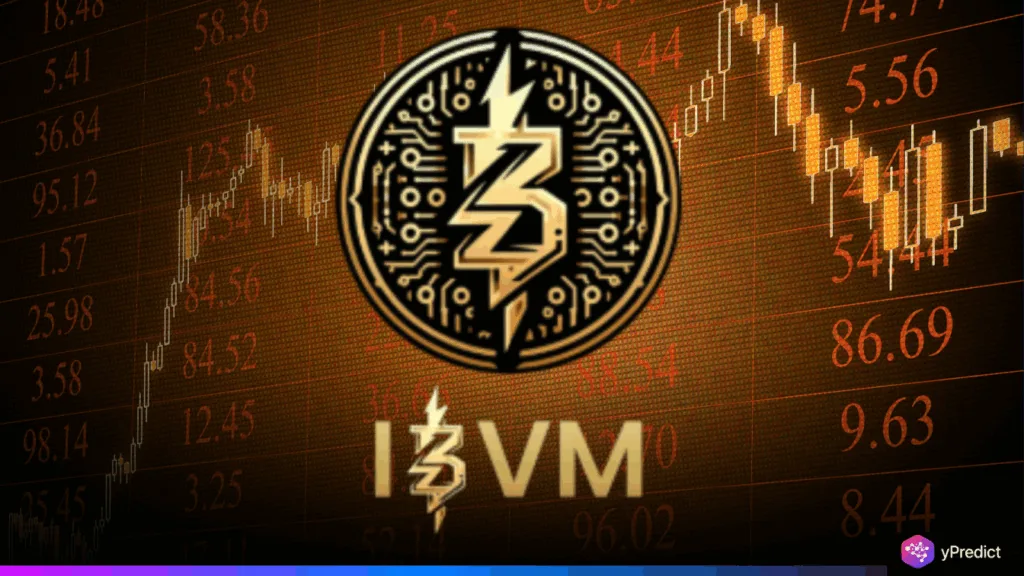
IBVMChain represents a significant technical advancement by introducing Zero-Knowledge (ZK) Rollup technology to the Bitcoin ecosystem. As a Layer 2 protocol that executes transactions off-chain and posts the cryptographic proofs to Bitcoin’s mainnet, it is vastly more scalable and quicker. While Ethereum has a bevy of developers and robust programmable blockchain infrastructure, IBVMChain can transcend Bitcoin’s current use case of value by making it programmable and more functional from the perspective of developers and end-users.
ZK-Rollups Make Bitcoin Programmable Without Wrapping
IBVMChain uses ZK-Rollups to package hundreds of transactions off-chain and submit a single cryptographic proof back to the Bitcoin blockchain. This model sharply reduces congestion, fees, and transaction time, key improvements over Bitcoin’s current limitations.
IBVMChain does not have wrapping or bridging, nor does it introduce a counterparty risk such as wrapped Bitcoin or other solutions. It does not need to write Bitcoin into smart contracts or move it to a different chain. Rather, it calculates and performs logic off-chain, though it still settles using Bitcoin. This maintains the security of the lower layer, as it is a significant issue regarding enterprise adoption and institutional capital.
The architecture allows developers to build an application that is scalable and decentralized, without sacrificing the decentralization or philosophy of Bitcoin. The types of applications include decentralized identity management and smart contracts with AI integration. Some of the areas enabled are financial services, track and trace in the supply chain, and digital content storage. IBVMChain also follows the philosophy of composability and can interact with the outside services and protocols, but always with Bitcoin as the final reference of truth.
Risks, Debates, and the Uncertain Path Forward
While IBVMChain is promising, it is still up for debate whether it will have a long-term impact. The main concern is whether programmability fits within the original intent of Bitcoin—secure storage of immutable value. There are purists, Bitcoin believers, who say that Bi—secure was never meant to hold on-chain complex smart contracts, and that expanding programmability, even off-chain, distorts the ambiguous boundary between payment systems and information storage, while introducing an unaccounted-for layer of complexity.
Another potential issue is with security. While ZK-Rollups have an adequate mathematical theory, they depend heavily on the complete correctness of implementation. Errors or incidents of flawed rollup logic can still determine the validity of the transaction, and although Bitcoin in and of itself is secured beyond belief, the off-chain component becomes the point of failure that must be trusted completely.
There are also environmental considerations. Much of the criticism of Bitcoin, for example, has centered around energy-heavy proof of work, claiming the resources needed for validation have a negative environmental impact. Although data is processed off-chain through IBVMChain, consequently reducing Bitcoin’s burden, with the added complexity of zero-knowledge proof generation, significant processing resources and network layers would be necessary in replacing existing Bitcoin operational demands. If not developed efficiently, the IBVMChain model could potentially counteract portions of their efficiency.
A Promising but Experimental Evolution of Bitcoin
IBVMChain continues to be an important step towards increasing Bitcoin’s adaptability and developer friendliness. The use of ZK-Rollups expands functionality without sacrificing core principles or requiring a new protocol. That said, it is still experimental. It needs to demonstrate its durability and security, as well as the adoption of the developer community, before it will ultimately redefine the role of Bitcoin in the digital economy. If successful, IBVMChain may redefine the use of Bitcoin, shifting from just a value store to a platform for decentralized applications and services, revolutionizing the interaction with Bitcoin, and giving way to a new set of constraints and opportunities.






